Humble but hyper-handy, hook scrapers have been part of virtually every boat project I’ve done over the last 45 years. Unfortunately, this essential tool has been given a bad rap thanks to junky knock-off paint scrapers that can’t hold an edge properly or feel comfortable in the hand.
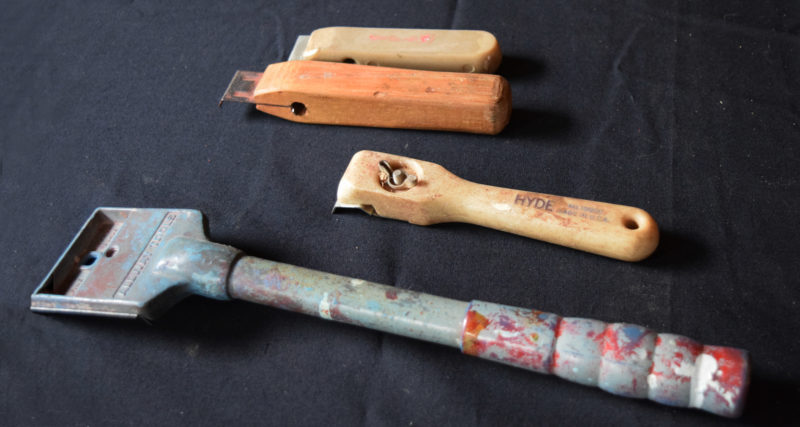 Ken Textor
Ken TextorThe author’s collection, which includes some garage-sale finds and very old scrapers, has made itself useful through 45 years of building boats.
Good scrapers will last a lifetime and more. I have yard-sale scrapers from the 1940s and ’50s that are still serviceable—although replacement blades are tough to find. Fortunately, Red Devil and Hyde still make reliable and durable hook scrapers. The 1″ version from either brand has a blade with a single edge. Hyde’s 1-1/2″ scraper also has a single-edge blade, while Red Devil’s 1-1/2″ has two blades, back to back, so both can be used just by flipping the tool over.
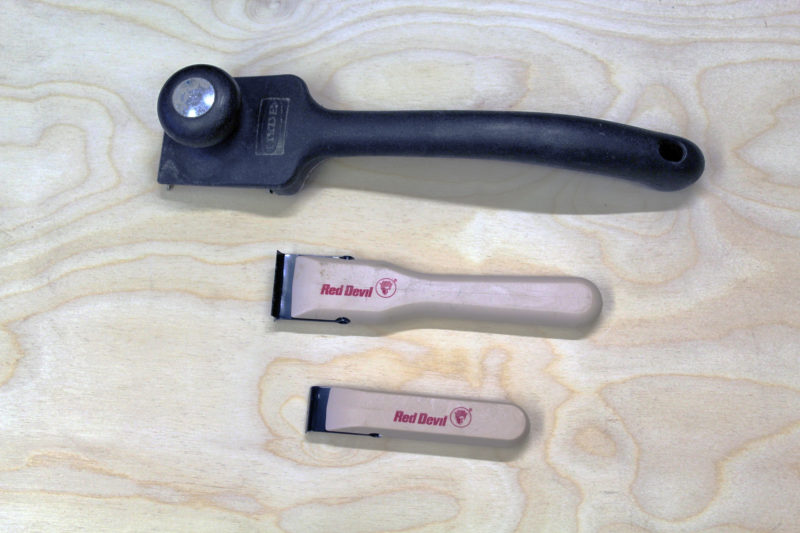 Small Boats Magazine
Small Boats MagazineThree scrapers with good high-carbon-steel blades (from top): the Hyde 10540 2-1/2″ four-edge scraper, the Red Devil 3040 1-1/2″ double-edge scraper, and the Red Devil 3010 1″ single-edge scraper
Four-edge scrapers using wider blades are heftier, two-handed tools for more aggressive work. Many, like Hyde’s, have a knob over the blade end for applying pressure with one hand while pulling with the other. The blades have two edges for fine work and two for rough work. The former are 2-1/2″ long and have a gentle curve; the latter are 2-1/8″ long and have a deeper curve, focusing the pressure on a smaller part of the edge.
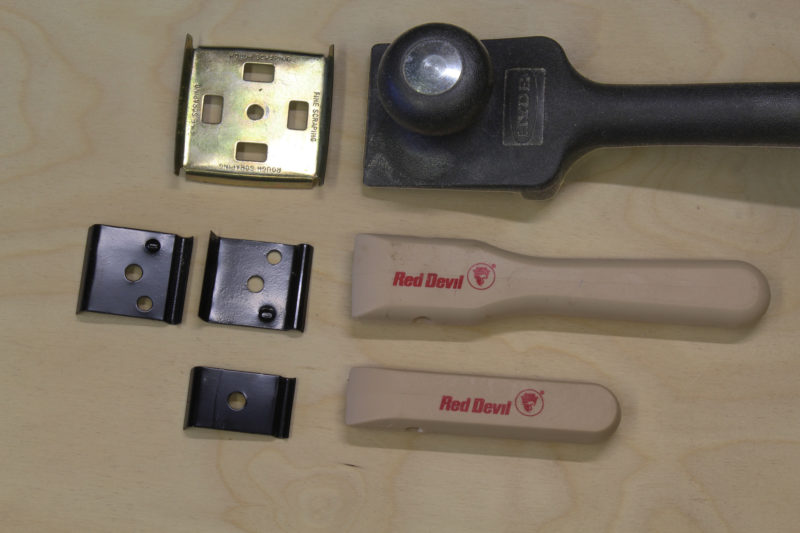 Small Boats Magazine
Small Boats MagazineFour-edge scrapers have blades for coarse and fine work. The double-edge scraper has twin blades that fit back-to-back in the handle. Single blades for the 1″ scraper simply slide sideways in and out. Replacement blades for all of these models cost only a few dollars.
While you’ll usually find these hook scrapers among others in the paint departments of home-improvement stores, they are also good woodworking tools, especially when jobs call for removing minute amounts of wood without marring nearby surfaces. With a little practice, you can trim countersink plugs flush with the surrounding wood, remove planer tears in wood with twisted grain, or radius sharp corners to better accept and hold paint or varnish.
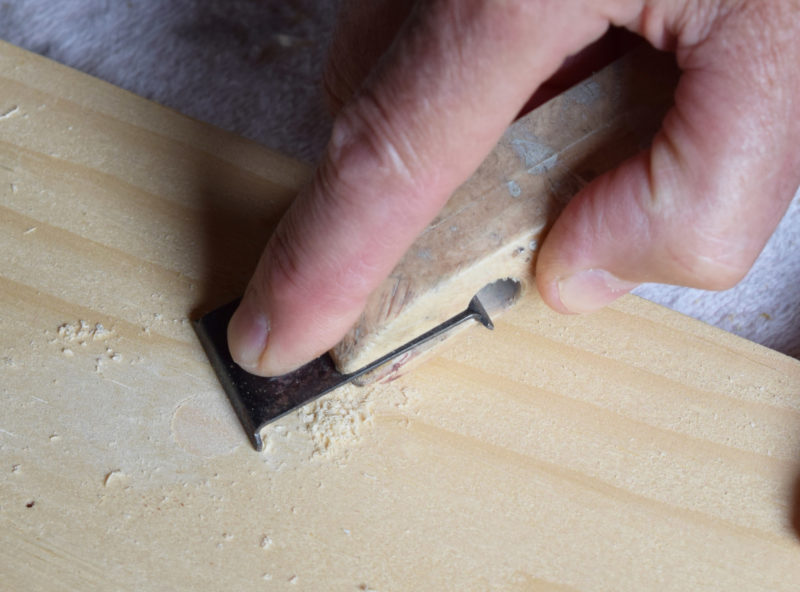 Ken Textor
Ken TextorWith a freshly filed edge, this old 1″ scraper with a wooden handle can smooth a softwood screw plug flush faster than sanding and without the chipping often caused by chisels.
Paint and varnish removal, however, is the primary job for hook scrapers and, for that, the 1″ or 1-1/2″ size is a good place to start your collection. These are among the smallest scrapers, but a wider blade doesn’t always mean quicker results. A 3″ blade requires two hands to create enough pressure for effective scraping. That means you can’t use a heat gun simultaneously to help remove the paint, so a 1” blade in one hand, leaving the other free for the heat gun, might actually work more quickly than a 3″ blade.
A sharp blade is essential for quick and satisfactory paint removal and woodworking. I usually hold the blade in a vise while I make a few passes along the length of the scraper edge with a high-quality mill bastard file, maintaining the roughly 45-degree angle of the scraper’s cutting-edge bevel. It doesn’t take much filing to put a fine edge on the high-carbon steel in good scraper blades.
A sharp hook scraper is a ticket to professional results when finishing wood and other semi-hard materials, like gelcoat, epoxy, and other fillers. Along with hammers and screwdrivers, they’re versatile tools you should never be without.![]()
Ken Textor has been writing about, working on, restoring, building, and living on boats since 1977. He lives in Arrowsic, Maine.
Hook scrapers are available from a wide range of hardware stores and online resources.
Is there a product that might be useful for boatbuilding, cruising, or shore-side camping that you’d like us to review? Please email your suggestions.
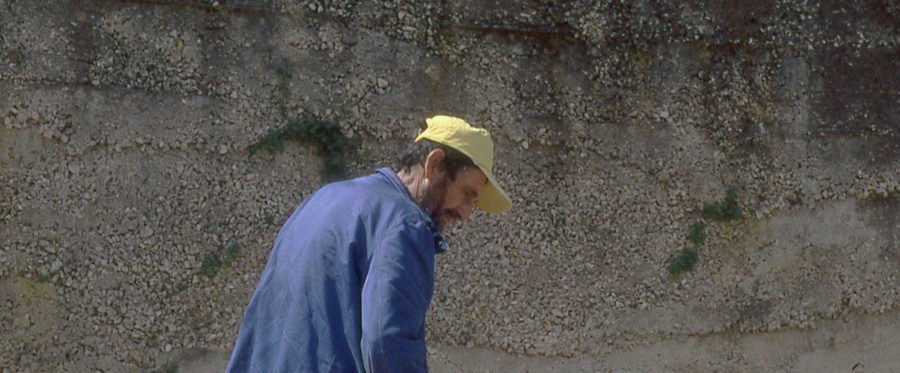


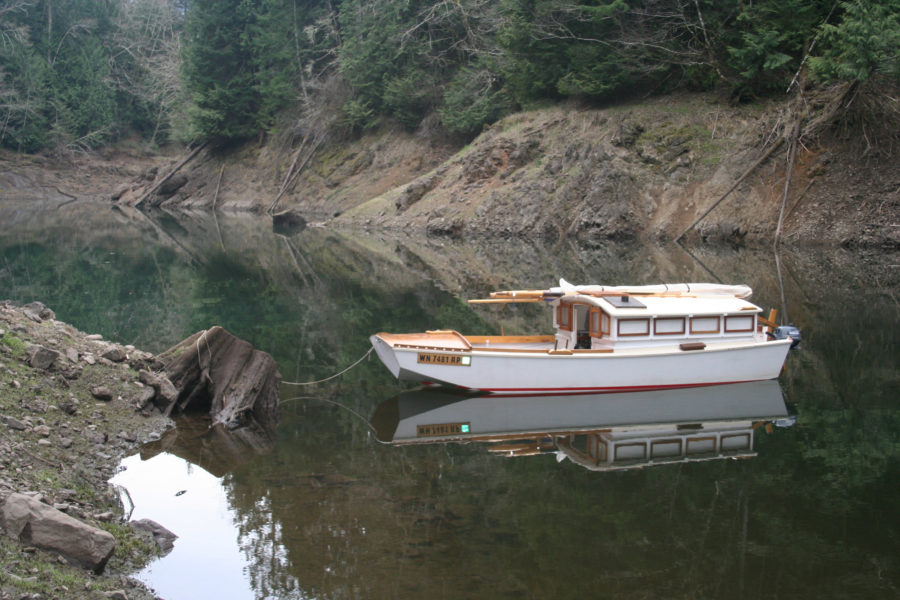
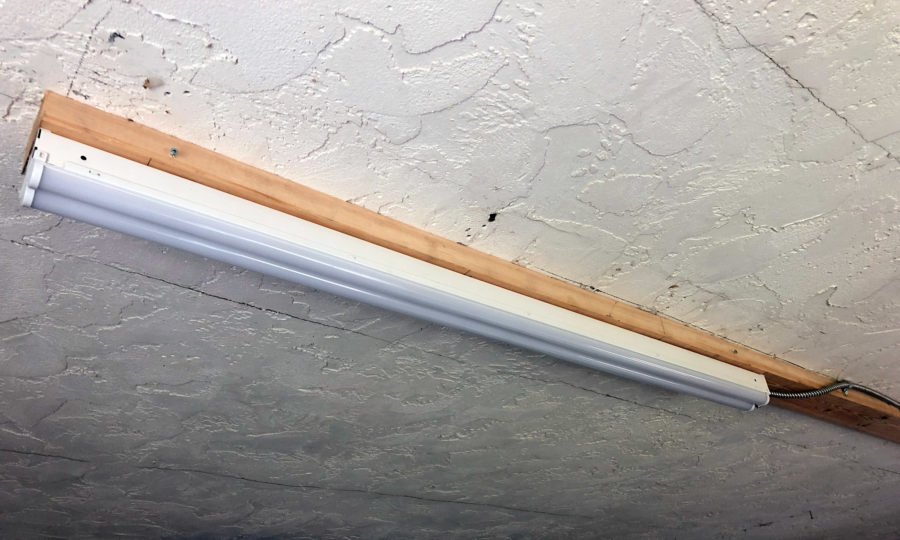
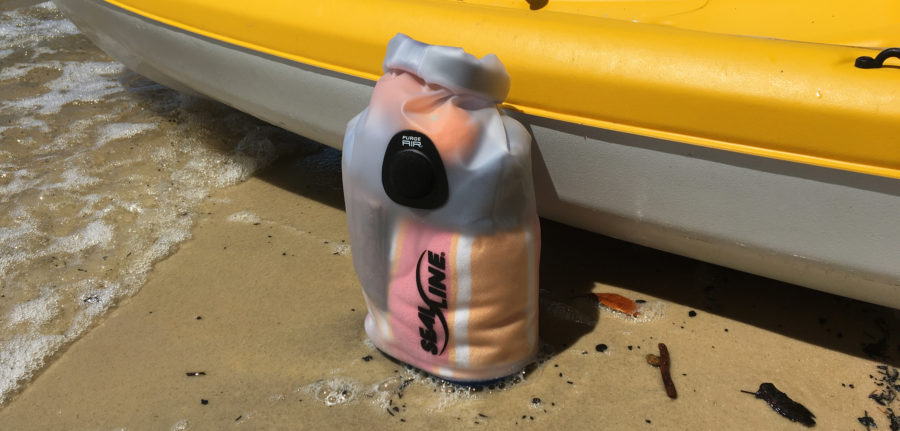
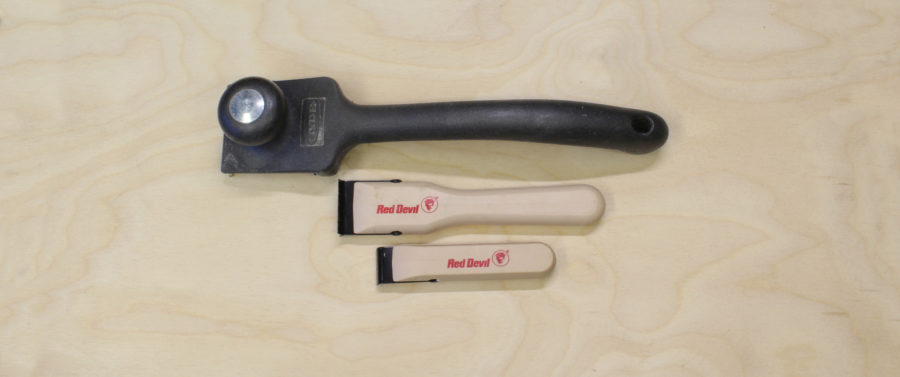

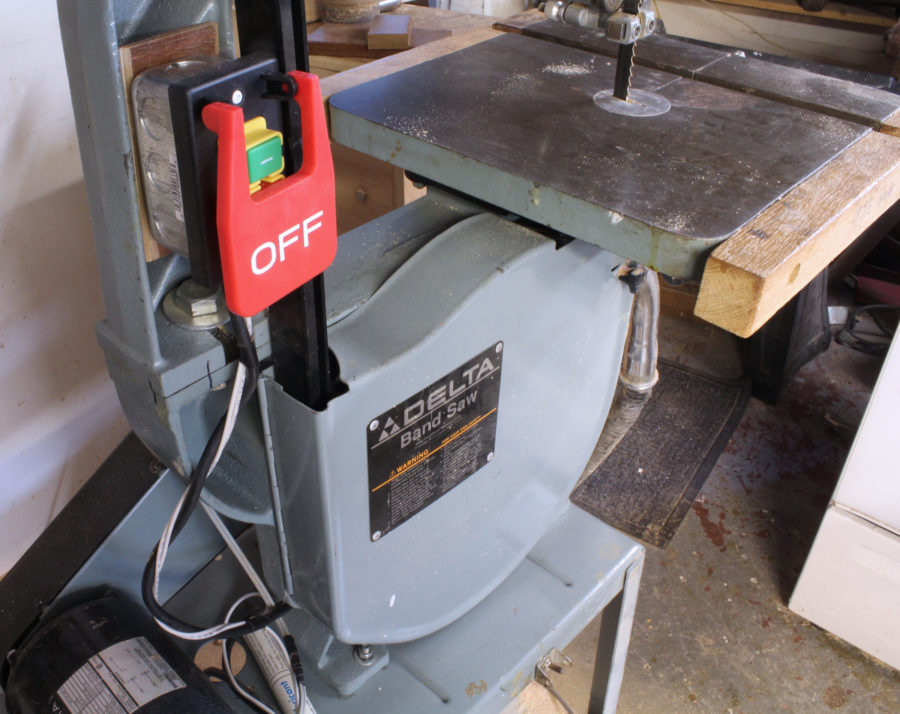

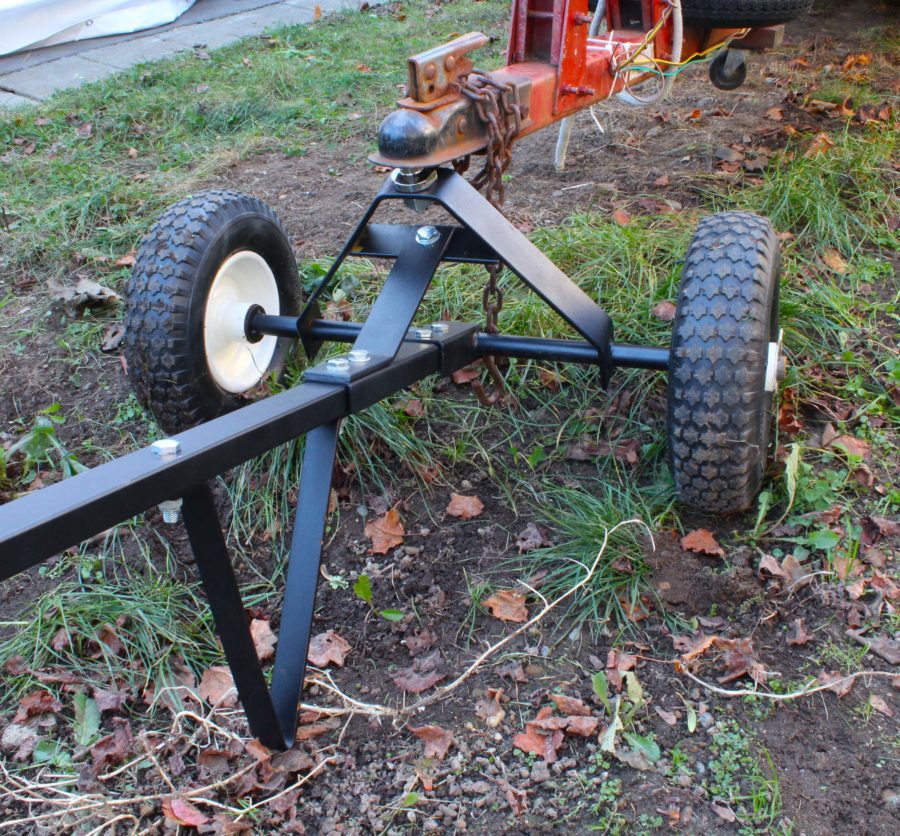
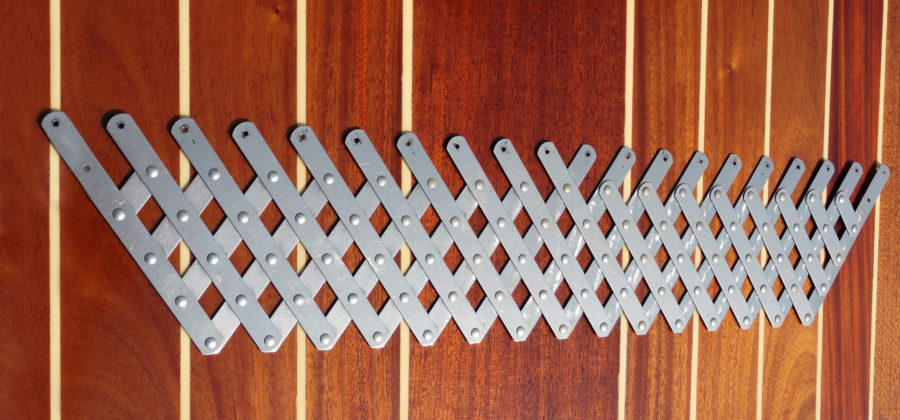
I’ve got a couple of these and use them occasionally but I use card scrapers a lot more. There’s a learning process to prepping and using them but they’re inexpensive and quite versatile. Most are flat steel rectangles in different thicknesses but there are a number of other shapes available and all can be ground to fit a particular curve or molding.
I think the new Red Devil’s have plastic handles which aren’t as good as the wood ones.
For in the field away from the bench sharpening, brace your file and run the scraper over it at the right angle.